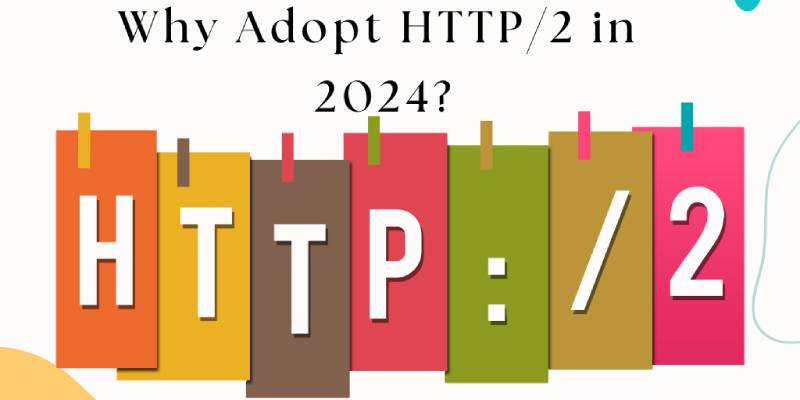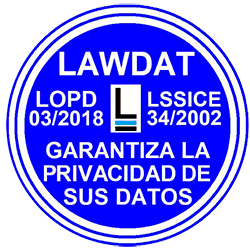In the fast-evolving world of SEO, staying ahead of technology trends is crucial. For 2024, one significant trend that SEO marketing companies should not overlook is the adoption of HTTP/2.
This updated version of the Hypertext Transfer Protocol offers substantial benefits, from faster page loading times to improved user interactions.
But one of the biggest reasons to switch is how well HTTP/2 aligns with Google’s Core Web Vitals, which are becoming increasingly important in SEO rankings.
What is HTTP/2?
Before diving into the «why,» let’s quickly cover the «what.» HTTP/2 is the latest update to the Internet’s main protocol for loading web pages. It makes your website faster, more efficient, and more secure.
Key features include
Multiplexing (sending multiple requests over a single connection), Server push (sending resources before they are requested) and Header compression (reducing the size of data needed for requests).
These features directly improve how quickly and smoothly your website loads and operates.
The Rising Importance of Core Web Vitals
Core Web Vitals are specific factors that Google considers crucial for a webpage’s overall user experience. These include:
Largest Contentful Paint (LCP): This measures loading performance to provide a good user experience. LCP should occur within 2.5 seconds of the page first starting to load.
First Input Delay (FID): Measures interactivity. For a good user experience, pages should have an FID of 100 milliseconds or less.
Cumulative Layout Shift (CLS): Measures visual stability. Pages should maintain a CLS of 0.1. or less.
These metrics are not just indicators of a healthy website but are also significant ranking factors for Google.
Now, here’s how adopting HTTP/2 helps improve these vital stats.
How Does Adopting HTTP/2 Help?
Faster Load Times Improve LCP
When your page loads quickly, it reaches its Largest Contentful Paint (LCP) faster. This means the main content of your page shows up quickly.
HTTP/2 improves speed by letting multiple requests happen at the same time over just one connection. This is way faster than the old method, where each part of your page had to wait in line to load.
Server push also helps a lot by sending important stuff like CSS and images before your browser even asks for them. This makes your site look complete faster, which is great for both your visitors and search engines.
Reduce Interaction Delays for Better FID
First, Input Delay measures how fast your page responds to user actions, like clicks or taps.
HTTP/2 makes your site interact faster because it uses connections more efficiently. This means that things like buttons and links work right away when users click on them.
Nobody likes a slow website when they’re trying to click around. With HTTP/2, your site will respond quickly, so visitors won’t have any issues with slow responses.
Enhance Visual Stability with Efficient Loading
Cumulative Layout Shift is a measure of how stable your page feels as it loads. If elements on your page move around a lot as it loads, it’s disorienting for users.
HTTP/2’s smarter handling of resource loading means that images, videos, and text get into place faster and stay put.
This stops elements from jumping around and provides a smoother, more stable experience for your users.
Why Make the Switch in 2024?
Every year, Google focuses more on how user-friendly websites are. By 2024, Core Web Vitals, which measure how well a website performs for users, will be even more important for SEO rankings.
SEO marketing companies that start using HTTP/2 will soon see their websites perform better and become more user-friendly. This matches exactly what Google is looking for.
Also, as more companies upgrade their technology, people will expect websites to be faster, more responsive, and more stable. If you keep using older technologies like HTTP/1.1, it could lower your rankings and drive visitors to look for better experiences on other sites.
Preparing for the Switch
To move to HTTP/2, you’ll need to ensure your website runs over HTTPS, as HTTP/2 requires an encrypted connection.
Most modern hosting services already support HTTP/2, so it’s just a matter of enabling it in many cases.
However, it’s important to test your website thoroughly to identify any issues that arise post-switch.
Conclusion
Upgrading to HTTP/2 in 2024 is more than just keeping up with the latest technology. It’s about actively improving your website to meet new SEO guidelines and what users now expect.
For an SEO marketing company, switching to HTTP/2 will make your site not just faster, but also smoother and more enjoyable for your visitors. When your visitors are happy, Google is too—and that’s important.


















